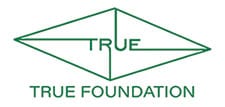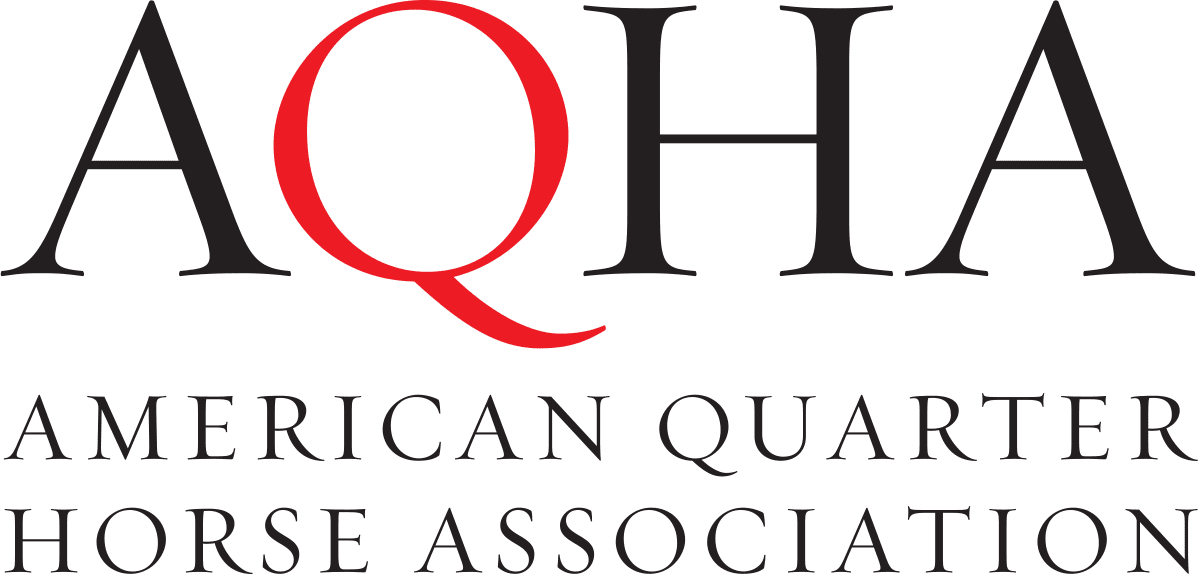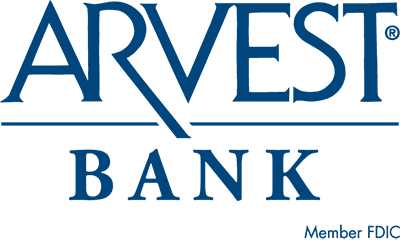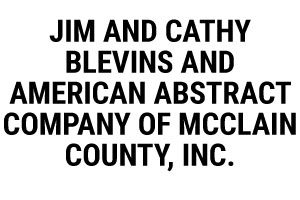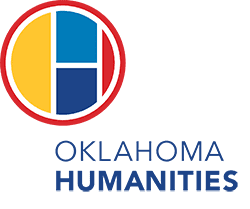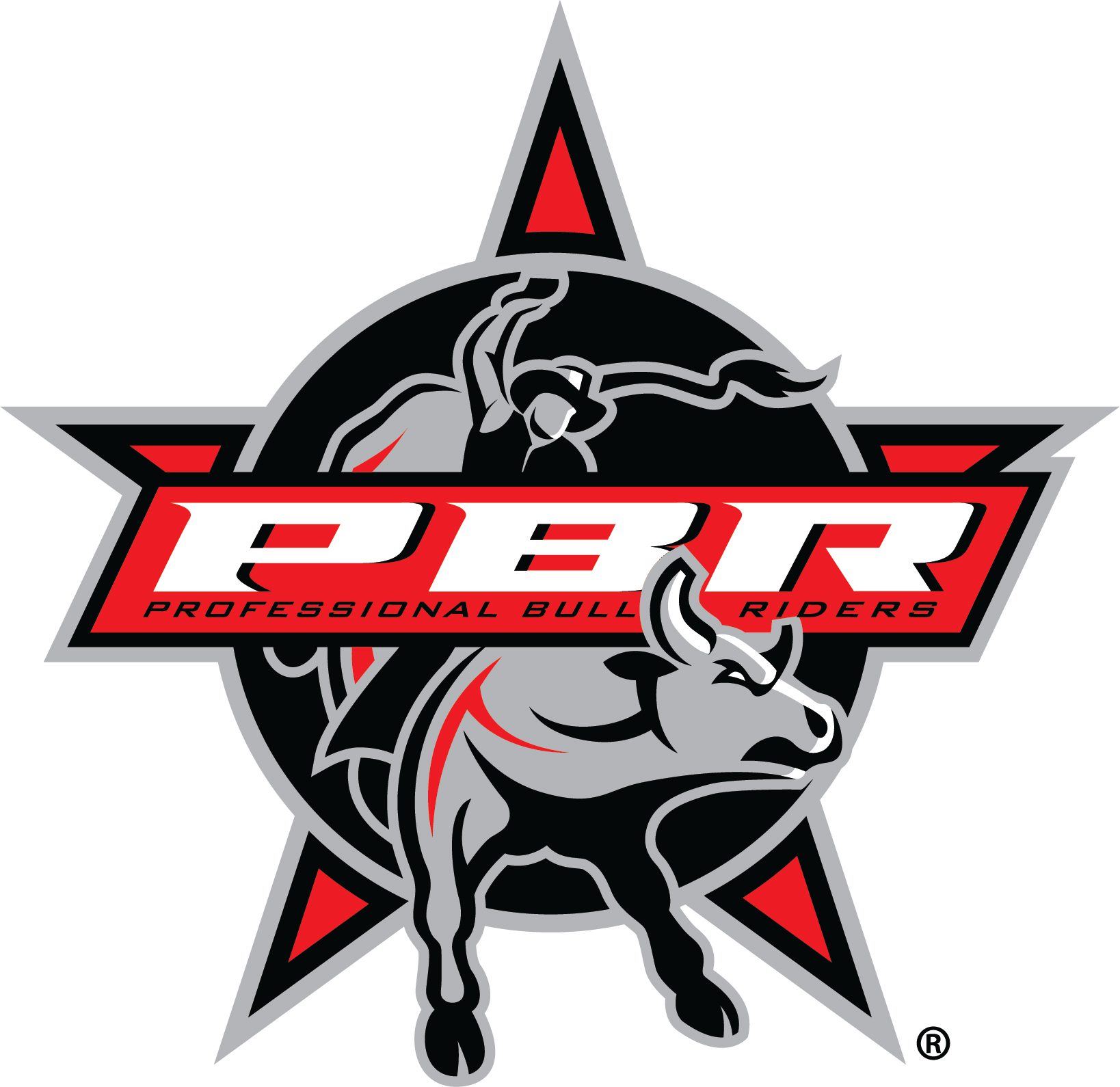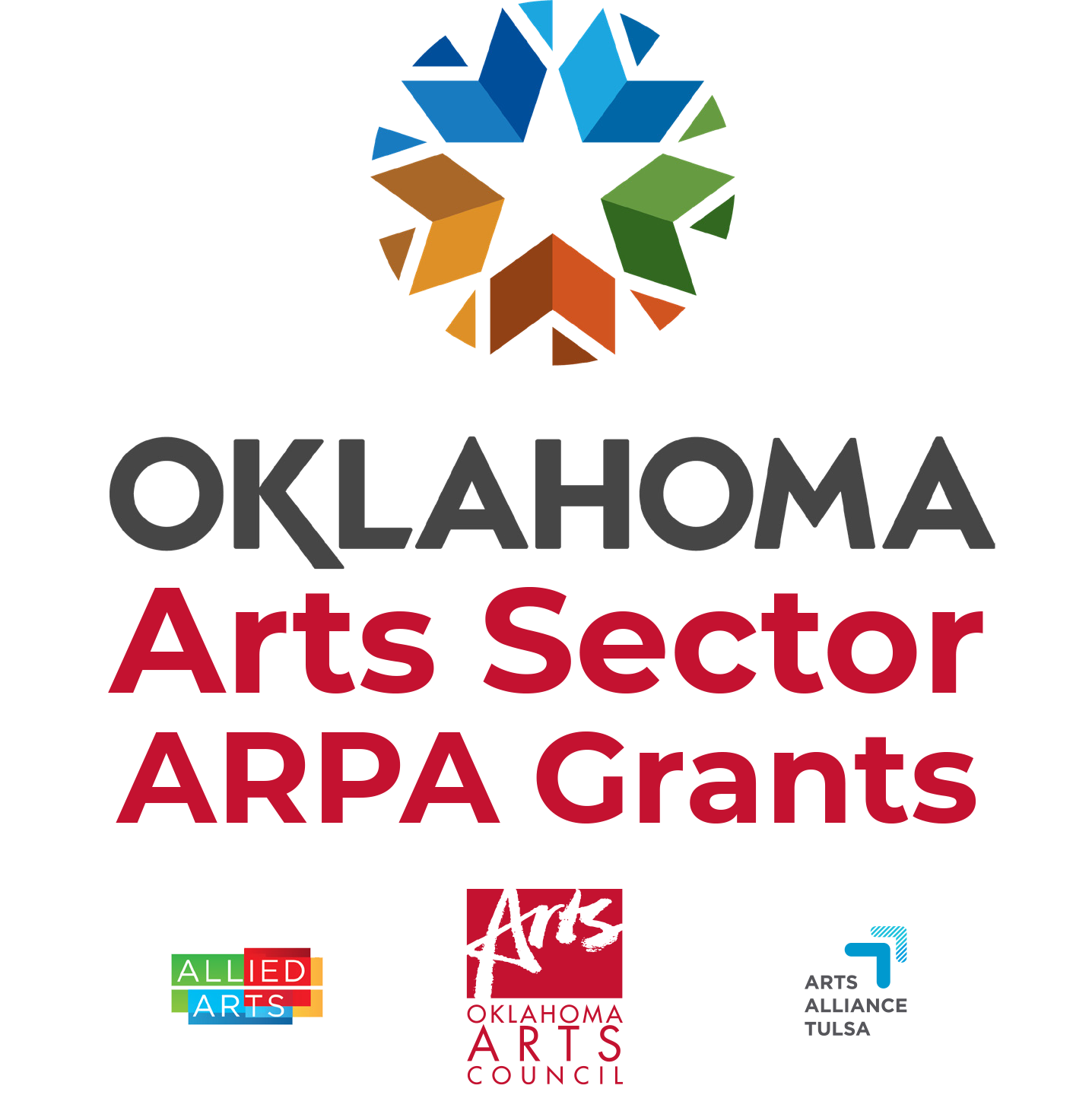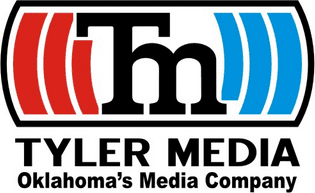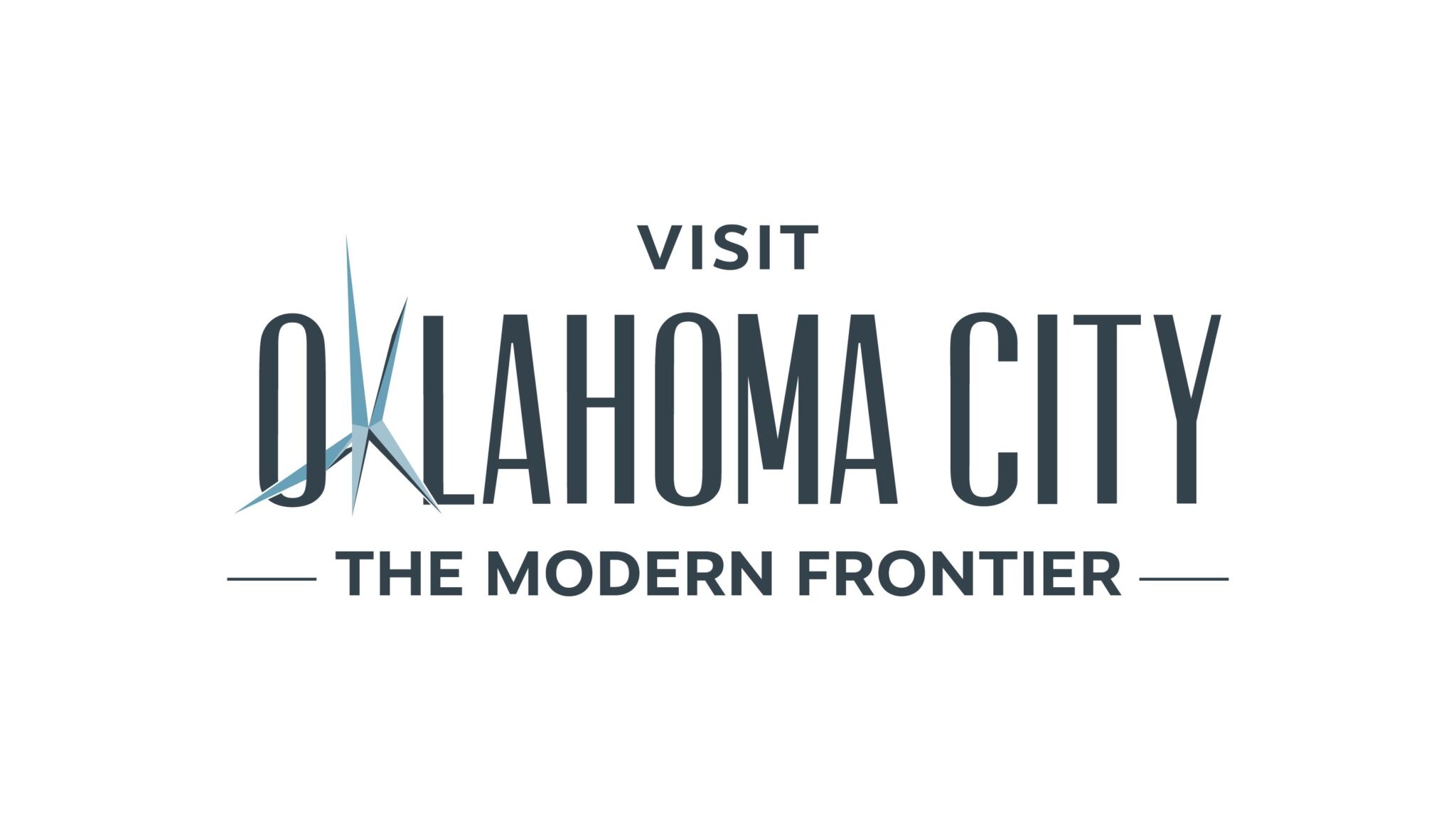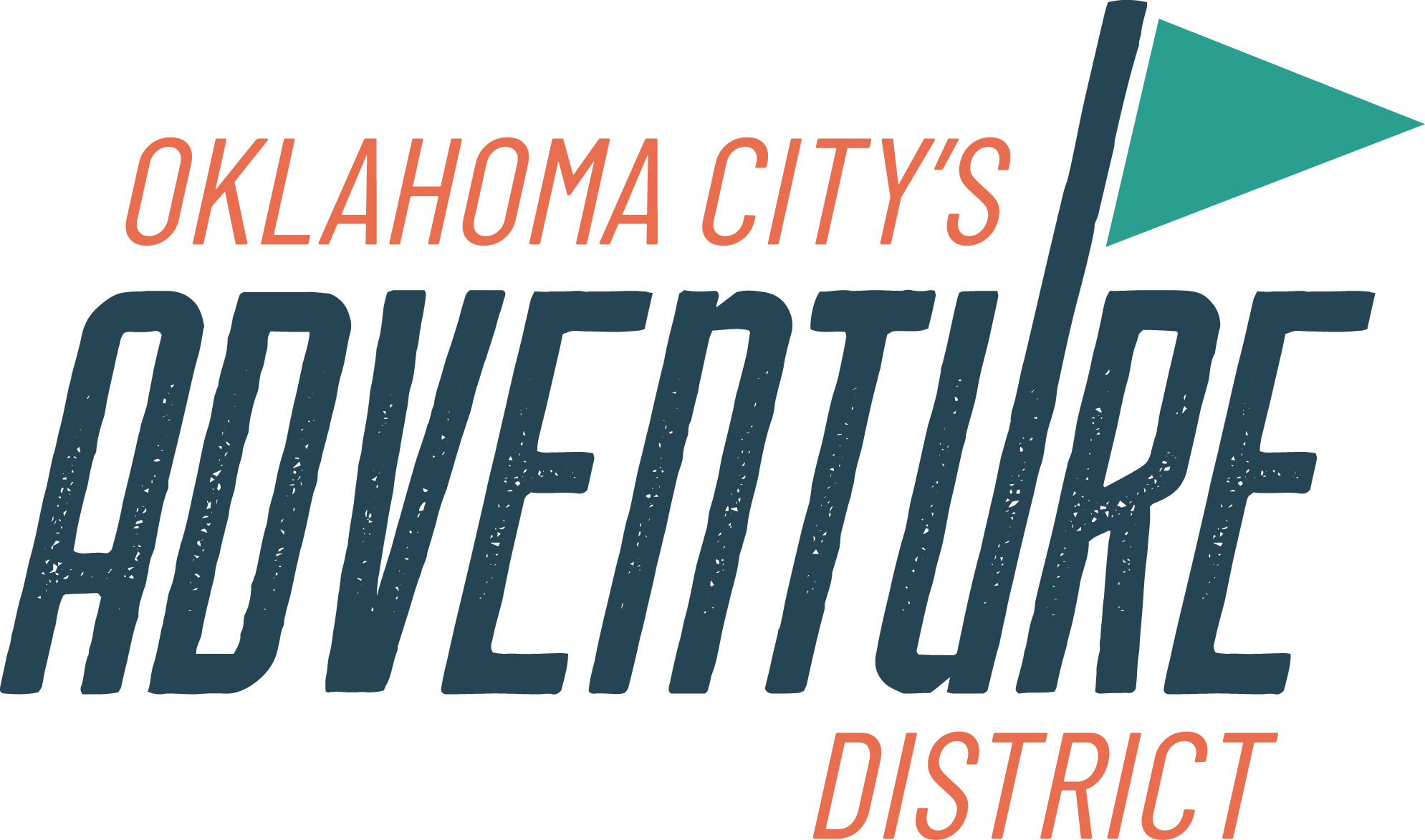Welcome to the blog about our podcast “This Week in the West.” Each week, we’ll share the show’s scripts here on our blog. If you want to listen, click above, subscribe on your favorite podcast app or check back here every Monday.
If you have questions, ideas or feedback about the podcast, you can reach out to podcast@nationalcowboymuseum.org
APRIL 7, 2025: FRANK “PISTOL PETE” EATON
Howdy folks, it’s the first week of April 2025, and welcome to This Week in The West.
I’m Seth Spillman, broadcasting from the National Cowboy & Western Heritage Museum in Oklahoma City.
On this podcast, we share stories of the people and events that shaped the history, art and culture of the American West—and those still shaping it today.
Seeing Pistol Pete, the mascot of the Oklahoma State Cowboys, on the sidelines of a game, cheering and high-fiving, you might think that Frank Eaton, the man the character is based on, is just one of the many light-heated, colorful figures from the history of the West.
But you’d be wrong.
This week, we remember the death of Eaton, who passed away at age 97 on April 8, 1958.
His story starts long before, on a moonlit night at a humble homestead in Twin Mound, Kansas.
Frank was just eight years old when he heard the commotion in front of his family’s home. He could only watch on in horror as his father was gunned down by a group of six men — former Confederates turned lawless vigilantes known as the Regulators.
As he stood beside his father’s lifeless body, a family friend, Mose Beaman, placed a firm hand on Frank’s shoulder and said, “My boy, may an old man’s curse rest upon you if you do not try to avenge your father.”
In late 19th Century Oklahoma, Frank Eaton was locked in on a straight path towards revenge. He was John Wick. He was Inigo Montoya.
Beaman gifted him his first gun, an old Navy revolver with an eight-inch barrel, and taught him to mold bullets and fire with deadly accuracy.
Preparing himself, Eaton trained relentlessly, shooting the heads off rattlesnakes, according to family lore, and perfecting his aim. By age fifteen, he traveled to Fort Gibson, a cavalry post in Indian Territory, hungry to learn more.
Though he was too young to enlist, the soldiers at the fort allowed him to compete against their best marksmen.
Eaton outshot them all, time and again. Impressed by the boy’s remarkable skill, Colonel John Joseph Coppinger pinned a marksmanship badge to his chest and declared, “From now on, you are ‘Pistol Pete.’”
The name stuck. But his mission was unwavering.
Eaton turned his focus to finding his father’s killers. The first two men, Doc Ferber and Shannon Campsey, were hiding in a cabin near Webbers Falls when Eaton rode up. He caught Campsey reaching for his rifle. Without hesitation, Eaton drew and fired, killing him. Ferber emerged soon after and was shot down.
Eaton continued his pursuit over the next three months, settling the score with three more of the six men who had torn his family apart.
Wyley Campsey was the last member of the gang. He had relocated to Albuquerque, New Mexico, and worked as a bartender.
With the help of the famed lawman Pat Garrett, Eaton found Campsey and challenged him to a duel. As Campsey reached for his weapon, Eaton’s pistols roared, and according to legend, two bullets went straight through his heart.
Campsey’s friends returned fire and hit Pistol Pete, injuring him in his leg and arm. Garrett rushed in to help Eaton escape.
His vengeance satisfied, Eaton turned his attention to starting a legitimate life of a lawman.
He served as a U.S. Deputy Marshal in Indian Territory under the infamous “Hanging Judge” Isaac Parker. Though his service records remain elusive, the tales that grew up around him told of duels, showdowns and daring chases.
In 1889, Eaton rode in the Oklahoma Land Run, staking a claim near Perkins, Oklahoma.
He was looking to settle down. He became a blacksmith, married and began to raise a family. After the death of his first wife, he had eight children with his second.
He gained attention around Perkins by telling tales of his time in the wild days in the untamed West and his skill with a gun. Pistol Pete looked the part, too, sporting a thick mustache and long braided hair. He was never without his cowboy hat, a rough leather vest and a gun on his hip.
In 1923, the larger-than-life Eaton was invited to ride in an Armistice Day parade in nearby Stillwater. That day, cutting the figure of a grizzled ol’ cowboy, Pistol Pete caught the eye of students at Oklahoma A&M.
The students wanted to move on from their rather plain Tiger mascot for the school’s new athletic teams. Pistol Pete inspired them with his look and story. Oklahoma A&M would become the Cowboys, and a caricature of Eaton would become one of the most recognizable mascots in college sports.
As the years passed, Eaton continued to share his stories. He wrote two books: Veteran of the Old West: Pistol Pete and Campfire Stories: Remembrances of a Cowboy Legend. These books were considered interesting, but perhaps a little colorfully embellished, views into the history of the West.
After his death, Eaton was immortalized in statues across Oklahoma. In 2022, he was posthumously inducted into our Hall of Great Westerners.
And with that, we’ll holster another episode of “This Week in the West.”
Our show is produced by Chase Spivey and written by Mike Koehler.
Follow us and rate us on Apple Podcasts or wherever you hear us. That helps us reach more people.
You can follow us on social media and online at nationalcowboymuseum.org.
Do you have a question or a suggestion? Drop us an email at podcast@nationalcowboymuseum.org
We leave you today with the words of Oklahoma State graduate Danford Hall, who said this about meeting Frank Eaton as a child in 1955: “He had twin, braided pigtails extending down his back, which were tied with bits of red bandanas and a bushy mustache in matching gray, which was wild and tangled like thick underbrush. I noticed the skin of his 95-year-old face was dry, hard and deeply furrowed like a piece of neglected boot leather. The skin looked like a living relief map of the Oklahoma and Indian Territories he helped settle … Even though he was slight in stature, the six-shooters strapped on each hip made him a giant cowboy in my young eyes.”
Much obliged for listening, and remember, come Find Your West at the National Cowboy & Western Heritage Museum.
